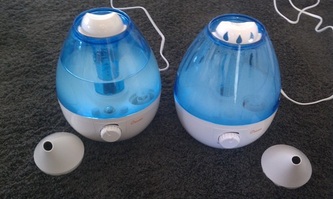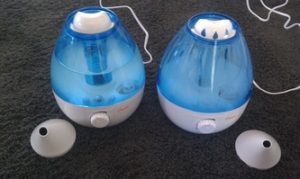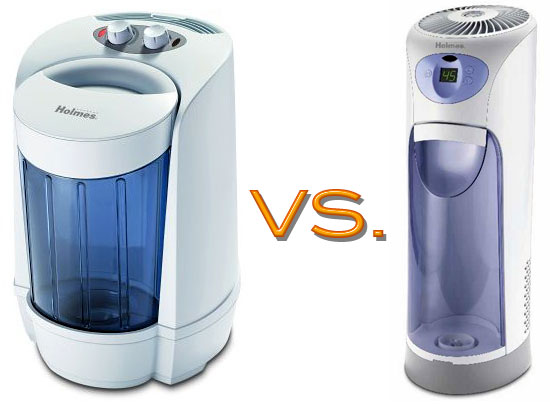What is a Cool-Mist Humidifier?
As winter creeps in, we start turning on the heating, which dries out the air. What is a cool-mist humidifier and how does it help the quality of our winter life?
Winter is the ideal time of year for high humidity and the growth of wall fungi. Also, on the other hand, having too low air humidity can cause all kinds of serious health problems.
As winter creeps in, bringing colder and colder weather, it means that we will start using our heaters more and more. And as much as air conditioning devices help us, but also bring harm in the summer, same thing happens to us during winter, while the heating season lasts.
Sore, dry or itchy throats, teary and running eyes, those are just two of many examples how stagnant and low quality air in our premises hurt us.
There are several ways to improve the microclimate in the places we live. Microclimate includes moisture and air temperature, and it can me managed using air humidifiers, air dryers and air purifiers.
Air is an awesome media. It expands when heated, becomes “thirsty” and takes away the moisture from everything around it.
With the beginning of the heating season, air gets dryer, which means we should be adding moisture manually. That’s why we use air humidifiers.
There are three basic types of air humidifiers, depending on the way in which they operate.
First type is the steam humidifier, also known as the mist humidifier. It ejects steam into the air and is considered one of the simplest principles in humidifying air.
There are two subtypes of steam humidifiers: warm-mist and cool-mist.
Warm-mist ones come with a water tank that sends the water over a heater which boils it to 100 degrees Celsius. Water is turned into vapor that is sent into the air.
Cool-mist humidifiers use a rotating disc to fling water into a diffuser that breaks it into tiny droplets, which are then sent out into the room.
There is a constant internet war going on, which of these two types is better. On one hand, warm-mist are less likely to spread disease and cause infections, because it’s basically impossible for boiled water to carry microorganisms. They also use more energy for the heating, and there’s a risk of people getting burned by flying boiling water.
Cool-mist ones, however, need to be cleaned often and rigorously, or there is a risk of spreading mold, or bacteria into the air.
The second type is the ultrasonic humidifier. This type of humidifiers comes with an ultrasonic membrane that resonates at a specific frequency, breaking the water into little droplets and sending it into the air.
The third type is the evaporator, which evaporates moist air.
These humidifiers are very popular in countries that are having issues with the water hardness.
They are also popular because of their low power consumption, as well as the fact that you don’t have to control air humidity.
Evaporators can’t over-humidify a room, while steam humidifiers and ultrasonic ones need to be controlled using a hygrometer.
A hygrometer is a device that can show you the relative air humidity.
Air humidifiers also raise health safety issues, because if they’re not properly maintained, they can send different viruses and bacteria through the air.
For that reason, adding an ionic silver stick helps disinfect the water, as silver is known as a virus and bacteria killer.
The stick releases silver ions into the water, nullifying the possible threat of bacteria or viruses.
We pay much attention to our health when we choose what we eat, but most of us are uninterested when it comes to the quality of the air we breathe.
Maybe, if you knew that the air in a busy intersection is twenty times better than the one in your room, you’d pay more attention to the 12,000 liters of air you inhale, every day.



